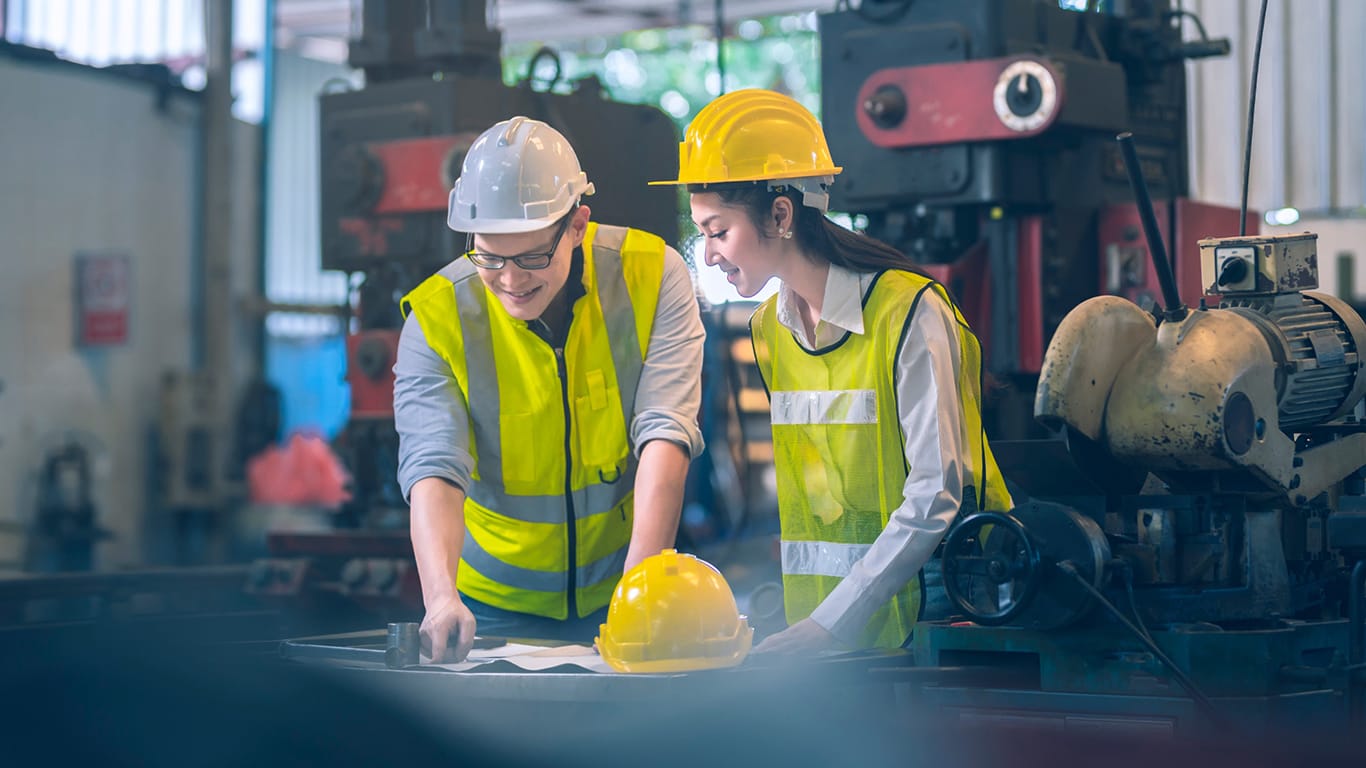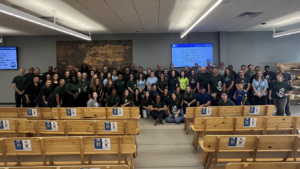In fast-paced industrial environments, there is often a perceived tension between safety and efficiency. On one hand, companies are driven to complete projects on time and within budget. On the other, protecting the health and well-being of workers is a legal, ethical, and operational necessity. The truth is, these priorities don’t have to compete, when done right, safety and efficiency can reinforce each other.
At HySafe, we specialize in delivering innovative fall protection systems and safety solutions that help companies maintain productivity while safeguarding their teams. We’ve seen how integrating the right safety infrastructure can actually enhance workflow, reduce downtime, and support long-term operational success.
Let’s explore how industrial job sites can strike the right balance, and why combining safety and efficiency is the smartest strategy for any business.
LOCAL NEWS: 100 best places to work and live in Arizona for 2025
1. Why Safety and Efficiency Are Often Seen at Odds
In many job site environments, such as construction, manufacturing, or utilities—there’s pressure to cut corners to meet deadlines. Workers may skip steps or rush through procedures, believing that safety measures are time-consuming obstacles.
But this mindset is short-sighted. Injuries, equipment damage, or shutdowns caused by unsafe practices lead to far greater delays than the time spent implementing proper protocols.
2. The Cost of Compromising Safety
- Operational Downtime: A serious incident can halt operations, triggering investigations and repairs.
- Injuries & Liabilities: Medical costs, workers’ compensation, and potential lawsuits can drain resources.
- Reputational Damage: Unsafe job sites damage a company’s brand and make it harder to attract skilled labor.
- Regulatory Penalties: Fines and legal consequences from non-compliance with OSHA or other safety regulations.
All of these consequences are disruptive, and none contribute to long-term efficiency.
3. How Safety Can Drive Efficiency
When integrated effectively, safety systems streamline processes, reduce risks, and improve team coordination. Here’s how:
- ✅ Fewer Disruptions
Preventive safety measures reduce the number of incidents that can halt work, keeping projects on schedule.
- Better-Trained Workers
Employees who understand safety protocols are more confident, make fewer errors, and move more effectively through their tasks.
- Standardized Processes
Safety planning often includes detailed workflows, which naturally improve consistency and speed in operations.
Example: A facility using HySafe’s fall protection systems not only meets compliance standards but also creates a more structured and efficient working environment, minimizing risk while enabling faster job execution at height.
4. Designing a Site That Supports Both Goals
1. Invest in Smart Safety Equipment
Modern safety gear and systems are designed for ease of use. For instance, retractable lifelines and ergonomic harnesses from companies like HySafe enhance safety without restricting movement or speed.
2. Incorporate Safety Into Planning
Build safety into project timelines and workflows from the start. When safety becomes a part of the initial plan, not an afterthought, it blends seamlessly into operations.
3. Engage the Workforce
Encourage employee input on safety practices. Those on the ground often know where inefficiencies lie and can help find solutions that don’t compromise safety.
4. Use Data to Drive Decisions
Track incidents, near-misses, and time lost to safety issues. Analyzing this data reveals where safety and efficiency intersect and where improvements can be made.
5. Creating a Culture Where Safety and Speed Coexist
Culture is everything. When leadership sends the message that safety is just as important as output, teams begin to see it as a shared responsibility, not a hurdle. Recognition, accountability, and ongoing training foster a culture where safety becomes a performance booster, not a limiter.
Conclusion
Balancing safety and efficiency on industrial job sites isn’t just possible, it’s essential. Companies that make safety a priority often find they operate more smoothly, productively, and profitably in the long run. With the right strategies, training, and tools, like those provided by HySafe, safety becomes an enabler of efficiency, not its enemy.
A safe job site is an efficient one. Don’t choose between safety and speed, build a system that delivers both.
FAQs
Q1: Does focusing on safety slow down industrial work?
Not when done correctly. In fact, proactive safety practices often reduce delays by preventing accidents and unplanned downtime.
Q2: How can safety improve worker productivity?
Safe environments build trust, reduce stress, and allow workers to focus on their tasks without fear, leading to better focus and efficiency.Q3: What are some quick wins for improving both safety and efficiency?
Invest in modern PPE, conduct regular training, streamline workflows with input from field workers, and use smart safety systems like fall protection from providers such as HySafe.




